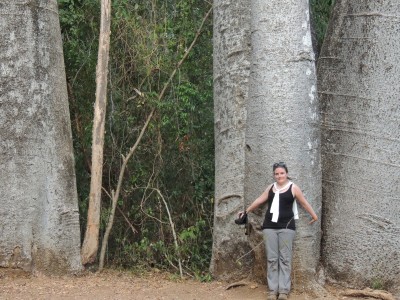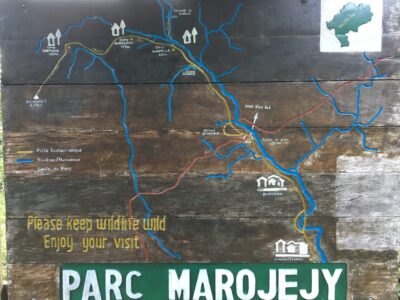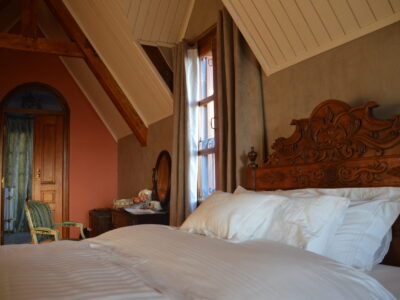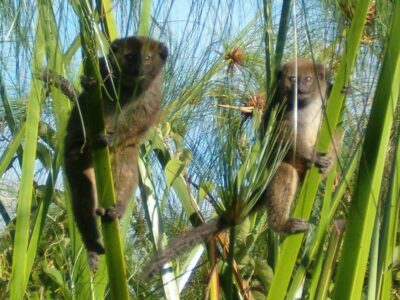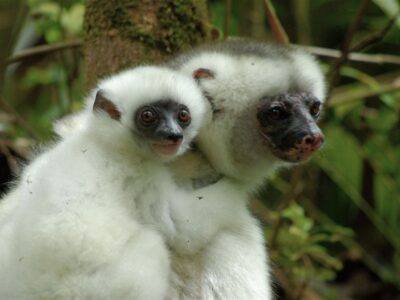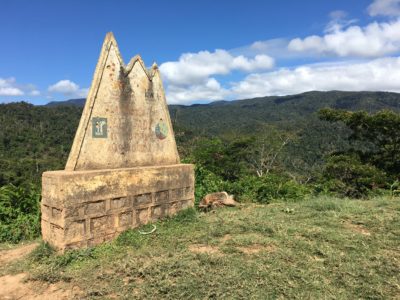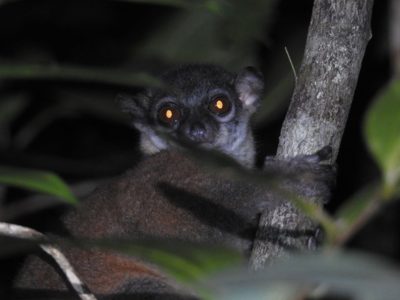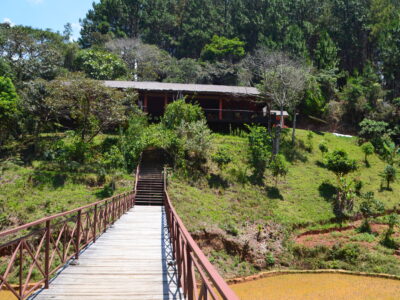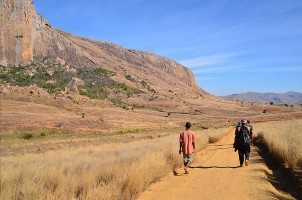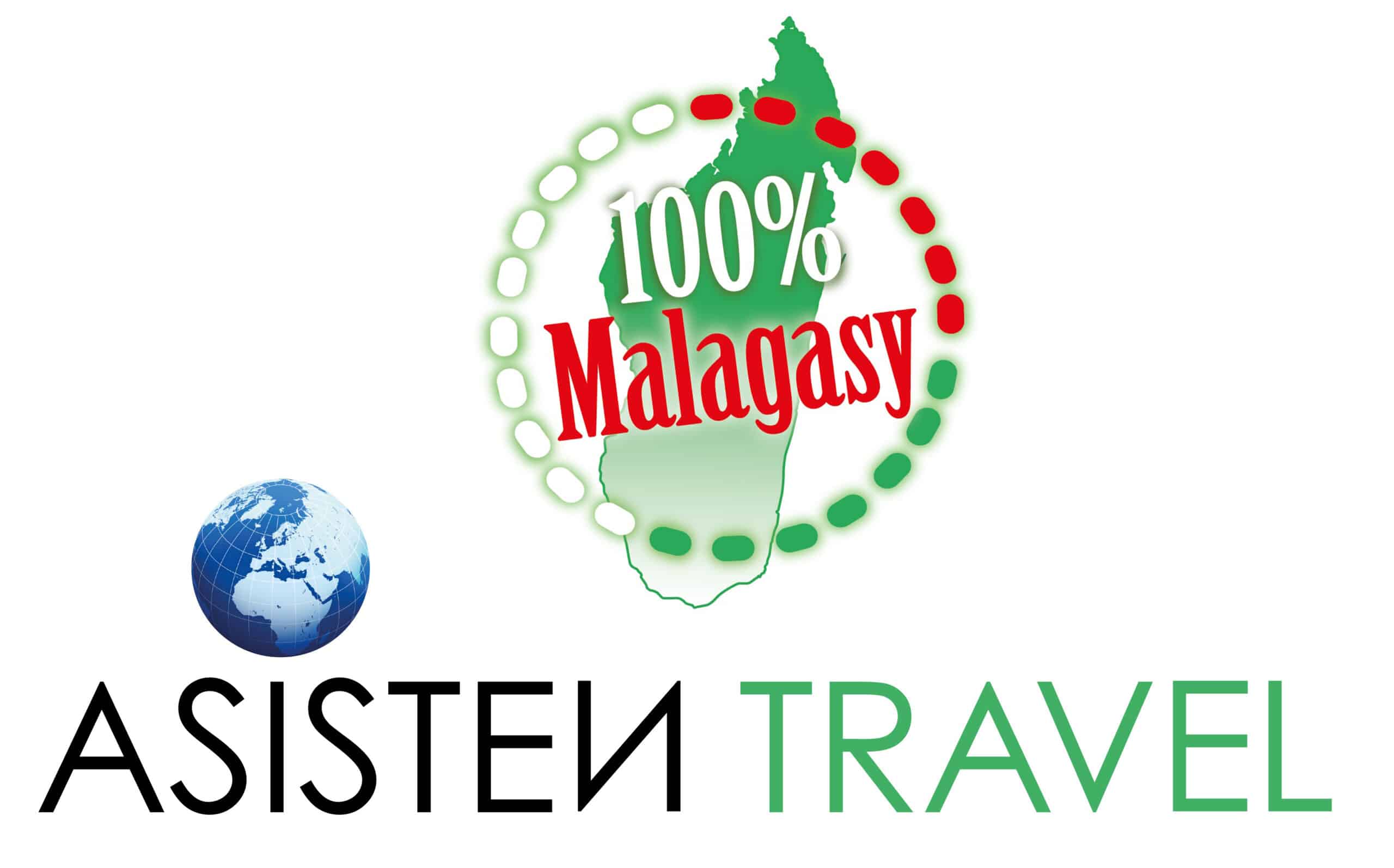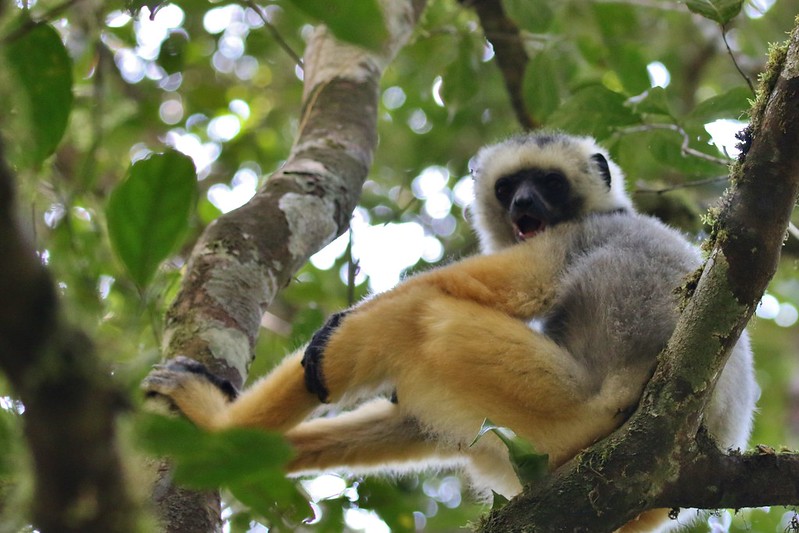Travel to Madagascar
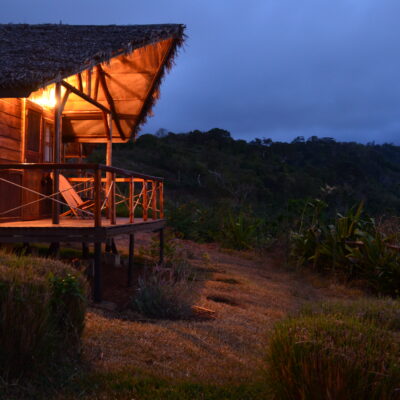
Traveling to Madagascar to see lemurs in the wild is an adventurous way to support lemur conservation.
Responsible ecotourism in Madagascar is an important strategy for saving lemurs from extinction. It provides high-paying jobs for many Malagasy people, boosts Madagascar’s economy, and shows the financial value of protecting wildlife and their wild places.
PLAN A TRIP TO MADAGASCAR
Learn about traveling to Madagascar: how to plan your first trip, where to visit, and what to do during your travels to Madagascar.
Planning Your First Trip to Madagascar
Read about options for traveling to Madagascar for the first time visitor, with helpful tips and quotes from the experts.
Madagascar National Parks
This official website for Madagascar National Parks showcases 25 national parks, 13 special reserves, and 2 Réserves Naturelle Intégrale.
National Tourism Office of Madagascar
This official website explores must-see activities, lodging, and practical information for visiting Madagascar.
BLOG POSTS ABOUT TRAVELING TO MADAGASCAR
Explore these blog posts from the Lemur Conservation Network about traveling to see lemurs across the island.
Research and Tourism in Beza Mahafaly Special Reserve
In the southwest, Beza boasts a unique landscape of gallery, spiny and dry deciduous forests. Its ring-tailed lemurs and Verreaux’s sifakas are easy to see. Beza attracts many researchers, including primatologist Alison Richard who led a 40-year study on Verreaux’s sifaka here.
Caves, Waterfalls, Lemurs, and Bats in Anjohibe near Mahajanga
About 3 to 4 hours from Mahajanga in the northwest is the Anjohibe cave system. See thousands of bats roosting, enjoy a natural pool and waterfall, and see lemur species including coquerel’s sifakas! Tourist facilities include running water, bungalows, and a restaurant.
Crowned Sifaka in the Amboloando Forest with IMPACT Madagascar
Take the national road 34 west from Antananarivo for 359 km west to the Dabolava commune, then take a 2-hour walk to reach the forest. Here, you will find crowned sifakas and a community committed to protecting the forest.
Camp Bandro to See the Lake Alaotra Bamboo Lemur
Five to six hours by car from Antananarivo is Lake Alaotra, home to the only primate that spends its entire life on reed beds above the water. Camp Bandro is run by LCN member, Madagascar Wildlife Conservation.
Silky Sifakas at Marojejy National Park
Marojejy in northeastern Madagascar has world class hiking with cabins and cooking facilities at three stops on the way to the peak of the mountain. See silky sifakas, red-bellied lemurs, white-fronted brown lemurs and more in this gorgeous rainforest.
Anjanaharibe-Sud Special Reserve (ASSR)
In the northeast SAVA region of Madagascar, ASSR is a great spot for camping, birding, and seeing lemurs among nature. The tourist facilities at ASSR are supported by the Lemur Conservation Foundation.
Tsitongambarika, Madagascar’s Southernmost Rainforest
In 2020, Asity Madagascar began managing this forest near Fort Dauphin in southeast Madagascar, home to seven lemur species! They have now set up tourist facilities and are working with local communities to protect the forest. Be one of the first tourists to visit this park!
Anjozorobe Forest
About 3 hours from Antananarivo is the Anjozorobe Forest. A favorite here is Saha Forest Camp, run by the Malagasy NGO Fanamby. You can stay in comfortable lodging here to see several species of lemurs, go on both day and night hikes, and support communities living in the area.
The Sakaviro Forest: A Hidden Gem Near Anja
Just 5 km from Anja Reserve is the Sakaviro Forest. This community-run reserve is little visited, but so interesting. See a forest of a ring-tailed lemurs, and travel with villagers to see their ancestors’ cave and learn about their history.
SUPPORTING MEMBERS IN TRAVEL
These travel businesses are supporting members of the Lemur Conservation Network.
Learn how to join LCN as a Business Supporting Member.
Asisten Travel
Silver Supporting Member
ASISTEN TRAVEL is Destination Management Company DMC specialized in the design and organization of luxury tailor made holidays tours in Madagascar. Our mission is to “Provide in a sustainable and responsible way some very high quality tourism experiences”.
Chez Maggie Hotel & Restaurant
Bronze Supporting Member
Your home away from home on the beach! A relaxed retreat in Morondava, gateway to the wonders of Madagascar’s western region. A Travelers Choice property with extensive gardens, wondrous sunsets, superb cuisine…fully committed to a friendly reception and quality service.
Dadamanga
Bronze Supporting Member
Dadamanga thrives on crafting unforgettable experiences for English-speaking visitors to Madagascar. Our eco-friendly ethos, community support, and love for diversity earn us yearly awards. In 2024, we’re launching group tours, driven by overwhelming demand!
Remote River Expeditions — Madagascar
Bronze Supporting Member
Specialists in designing unique custom tours for all ages and interests. English speaking based in Madagascar; with 25+ years’ experience. Our goal is to share our love for Madagascar in a personalized, ethical and sustainable fashion. 2025: Many new options!
RESPONSIBLE TOURISM
Check out these resources to ensure your trip to Madagascar is responsible.
Responsible Lemur Watching in Madagascar (PDF)
While tourism is a key economic asset for Madagascar, there is a trade-off between economic gain and too many tourists, resulting in negative impacts on biodiversity. In recent years, Madagascar has seen an increase in harmful tourist activities, which have become commonplace, such as direct human-lemur contact for feeding or taking selfies.
Responsible Primate Watching for Tourists
Recommendations for responsible primate-watching by an interdisciplinary group of the IUCN SSC Primate Specialist Group Section on Human-Primate Interactions (SHPI).
Responsible Images of Non-Human Primates
Guidelines from the IUCN SSC Primate Specialist Group Section on Human-Primate Interactions which detail appropriate imagery (photos and videos) to be shared of non-human primates. Available in 24 languages.

